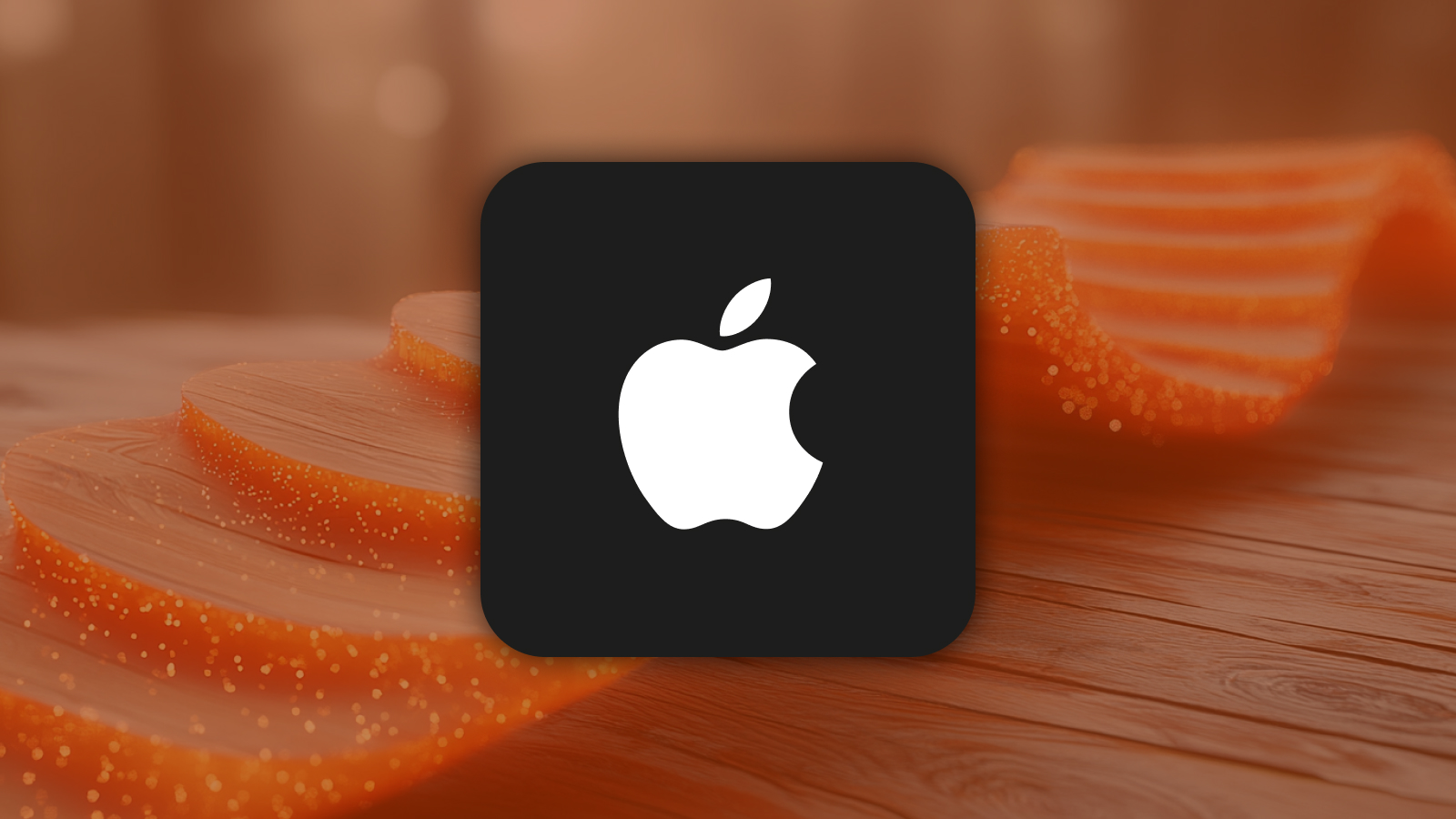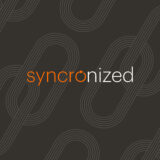Remote IT Access Solutions
Support users in any location with Syncro’s full suite of remote IT access and support functions.


“We love using Syncro to manage our clients for our small MSP business. Product very rarely has downtime, and provides us a great way to manage our tickets, live chat with users, and remotely access assets with the built-in integration with Splashtop.”
– Daniel H., Director
Access Any Device, Anywhere
Remote access is the cornerstone of effective and efficient IT management and support. Securely access client devices from anywhere to provide timely assistance and manage IT environments seamlessly.

One-Click Remote Acess
Easily access devices for remote sessions with a single click through our Splashtop integration — no extra licensing needed.
Comprehensive System Management
Access and manage a device’s registry, event logs, and file system remotely. Quickly edit registries, review event logs, and navigate files without screen sharing.
Service & Task Control
View and manage services and tasks in real time. Filter, start, stop, or restart services and end high-usage tasks with one click.
Real-Time Command Line Access
Open a remote command prompt or PowerShell session instantly to send commands and manage devices directly.
Resource Monitoring
Monitor CPU and memory usage for any asset in real time to ensure optimal performance.
Discover Other Syncro RMM Features
Automated Patch Management
Eliminate guesswork with custom schedules, fully orchestrated deployments, and reporting for Windows patches and third-party apps.
Scripting
Automate entire processes and unlock new efficiencies with scripting that supports multiple languages and captures fluctuating variables.
Integrations
Seamlessly connect Syncro to the rest of your tech stack to support remote access, communication, security, and other vital functions.
SYNCRO RESOURCES

Remote IT Access Solutions: A Must for MSPs
Learn to resolve IT issues remotely and safely with secure remote access solutions that allow you to provide prompt service and enhance customer security.

Remote IT Management: How It Works & Benefits for MSPs
Remote IT management refers to the management of IT assets and devices over a network. It includes remote system access, capturing telemetry data and more.

Mac Remote Management for MSPs: Yes, There’s an Easier Way
Frustrated by unstable connections and complicated access processes? Learn about an easier way to approach Mac remote management.









